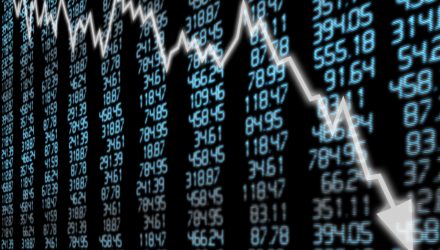Over three-quarters of business economists are foreseeing a U.S. recession by the end of the year 2021, according to a semiannual National Association for Business Economics (NABE) survey released Monday.
The survey results show that 10 percent expected a recession at the beginning of this year, while 42 percent are expecting one within a year. Another 25 percent expect to see an economic contraction by the beginning of 2021 while the rest have no opinion or see a recession happening after 2021.
Last week, the Federal Reserve released its minutes from its Jan. 29-30 policy meeting in which it voted unanimously to hold its policy rate in a range between 2.25 percent and 2.5 percent. “Patience” has been a constant buzzword in the Fed’s vocabulary as of late and in the minutes released, leaning towards a patient approach to interest rates was confirmed.
A separate statement last month alluded to a more flexible Fed that would be more strategic with regard to its balance sheet policy. Furthermore, flexibility would also apply to its holdings of Treasuries and mortgage-backed securities, which signaled a diversion from statements that the central bank would resume its asset purchases if economic data warranted a rate cut.
“There is a schism between what the NABE panel and the markets think about the Fed’s rate path and the shrinking of its balance sheet,” said Megan Greene, chief economist at Manulife Asset Management and chair of the survey. “Markets are pricing in no more interest-rate hikes in 2019, whereas a majority of the NABE panel expects one or two rate hikes.”
Recession Model Sounds Alarm on Low Volatility
The survey results come as U.S. equities are off to a stellar beginning to 2019 and the volatility that reared its ugly head near the end of 2018 has been missing. However, according to a Wells Fargo recession model, this is could be the calm before the storm.
It’s certainly something investors want to mute since the Dow Jones Industrial Average is up almost 11.59 percent while the S&P 500 is 11.40 percent higher and the Nasdaq Composite is up 13.45 percent year-to-date.
However, the Wells Fargo recession model is eerily reminding investors of 2008. The model, which uses a mix of spreads from Treasury yields, is showing that a chance of a recession jumped above 40 percent in January.

